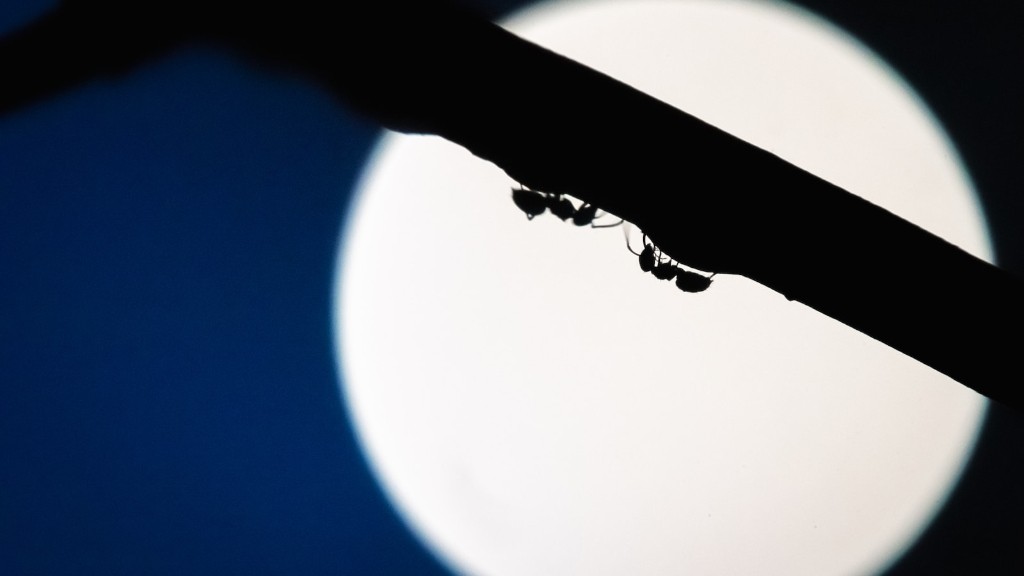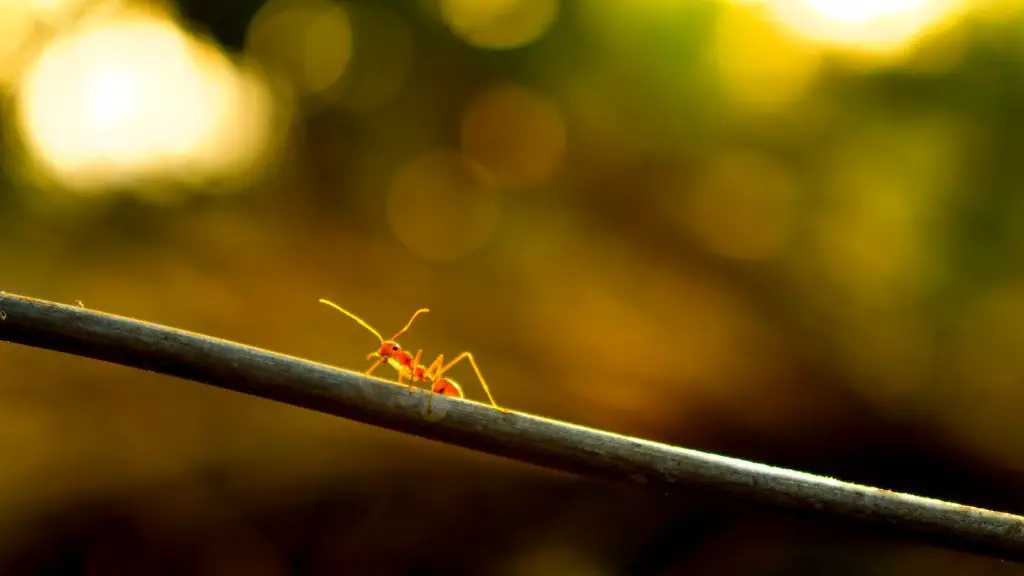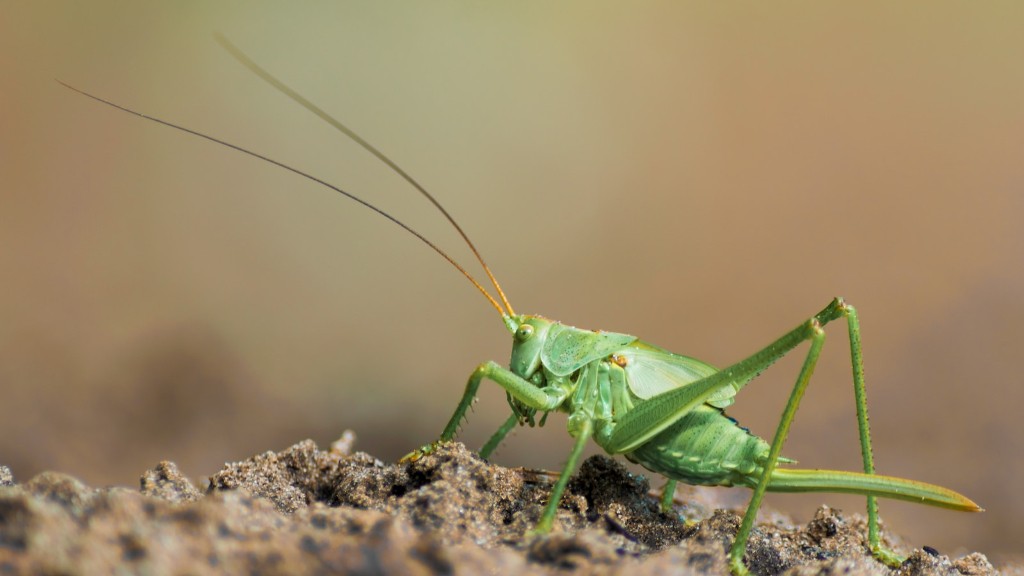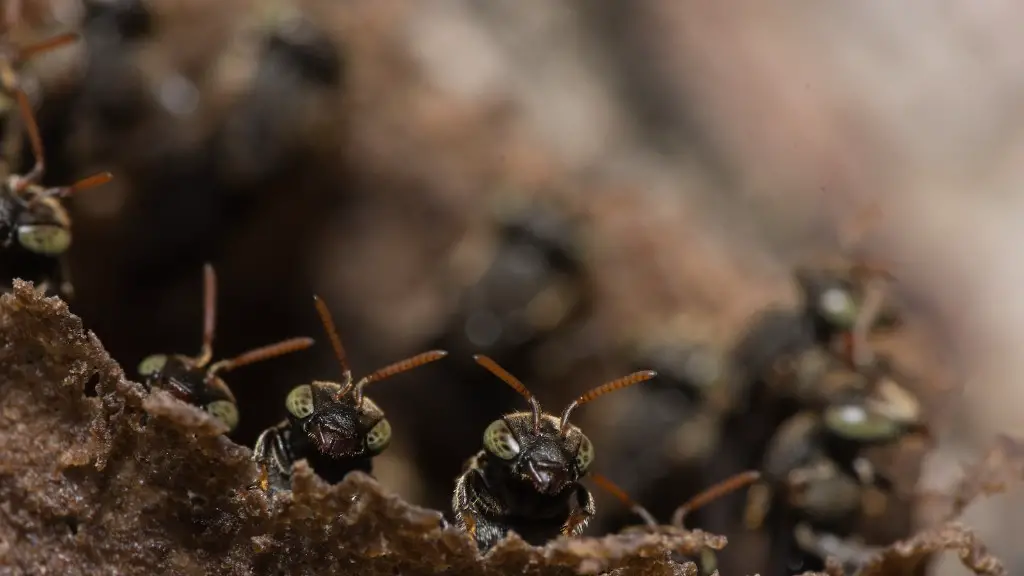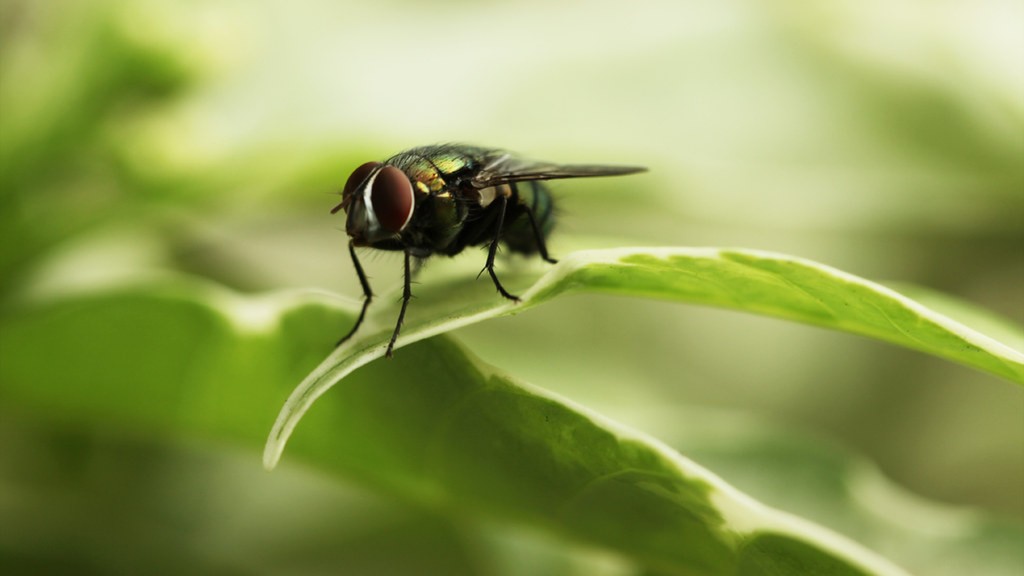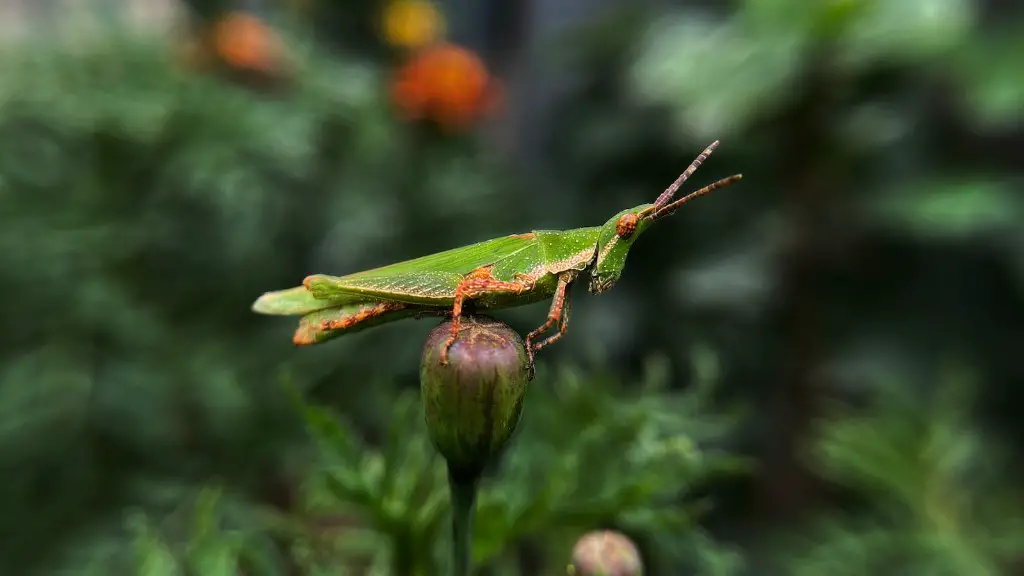Ants are scientifically fascinating creatures and their relationship with food is no less mysterious. An ant colony is able to locate food sources from far away, often from hundreds of metres, in a matter of minutes. Within their social structure, it is essential that ants are able to rapidly and efficiently locate food, and research suggests that it is an amazing level of communication that allows them to do so. Scientists have made some incredible discoveries as to how ants share with one another the locations of food sources, and we will take a closer look at these incredible behaviours below.
The astonishing ability of ants to locate food sources comes down to their highly developed sense of smell. Ants possess antennae which they use to detect chemical cues, or ‘pheromones’, in their environment. In order to let the other ants know where the food is, the scout ant, who has located the food source, leaves a pheromone trail, a chemical path that the other ants can follow. It is thought that this path winds around, wiggling and erratically turning, in order to confuse other insect predators and allow the ant to return safely and quickly to the colony.
Experts suggest that in order to increase the chance of their success, the scout ant releases more pheromones the closer it gets to the food source, leaving the strongest connection for the other ants at the source itself. This allows other ants to more clearly determine how close they are to the food and whether it is worth the energy for them to explore it any further.
Additionally, research suggests that ants lay down different pheromone trails based on the type of food they have located. Scientists have identified a variety of different pheromones, with each one produces a distinct chemical signature that is associated with different types of food. For example, if the ant has located a protein source, they will mark the path with a different pheromone than if they have located a carbohydrate-rich food source. This helps to identify the type of food that needs to be collected.
Ants also use these pheromones to mark an area as already explored, allowing other ants to save energy by avoiding it. This type of chemical cue is also used to indicate a threat, such as the presence of a predator, or other toxic elements that may be present. By combining all of these cues, ants are able to independently and quickly assess the suitability of a food source and navigate back with their findings.
Whilst most of the chemical communication amongst ants has been researched and documented, there is more to learn about the amazing ability of ants to locate and share food sources. Scientists are also interested in how ants can find a food source that may be out of their field of vision. It is clear that ants possess some exceptional communication capabilities, and this skill makes them a formidable insect team.
What Chemicals do Ants use to Communicate?
Ants use a variety of different chemicals to communicate with one another. Each ant is equipped with a set of chemical receptors called a ‘mandibular organ’, which they use to pick up signals from other ants. In addition to their ability to detect a range of odours, ants are also able to detect and differentiate between vibrations. This is thought to be linked to the ant’s ability to detect the presence of predators and potential mates.
The main chemicals used by ants to communicate are known as pheromones. Scientists have identified two types of pheromones used by ants, known as trail pheromones and alarm pheromones. Trail pheromones provide information related to food sources and potential pathways back to their colony. Meanwhile, alarm pheromones are used to indicate danger or the presence of a predator.
Other communication chemicals include ant food odours, or ‘food signals’. These are produced by ants that have recently eaten, in order to inform other ants of potential food sources. Additionally, there are intermediary chemicals, or ‘conditioning signals’ which are used to ensure the safety of the ant colony as a whole.
How do Ants Use these Chemicals?
As we’ve discussed, ants use pheromones to communicate with each other. In particular, they can use these chemicals to mark out pathways from the colony to food sources and back again. The efficiency with which the ants communicate via pheromones is highly impressive. A single ant is able to detect and distinguish between pheromones left by other ants, even if their source is many metres away.
This type of communication allows every ant in a colony to work together to find food. When a scout ant finds a food source it marks out a trail of pheromones which other ants will be able to detect and use to find their way back to the food source. The ant marks out the trail in such a way that it is difficult for predators to follow and easier for ants to remember the route. Additionally, the pheromone trail can provide a lot of useful information such as the type of food and its location.
Alarm pheromones are also used by ants in times of danger. Whenever an ant encounters a predator, it emits an alarm pheromone to warn other ants of the impending danger. This same chemical is also used to inform other ants of the presence of toxic substances, such as pesticides, and to keep the colony safe.
Conclusion
Overall, it is clear that ants have developed an incredible ability to locate, share and protect food sources. The fascinating use of pheromones to communicate is just one example of how intricate and complex their social behaviour really is. To truly appreciate the complexity of the ant, further research is needed on the incredible communication methods they employ.
Why do Ants Communicate?
It is clear that ants have developed remarkable communication methods in order to find, share and protect food sources. This type of communication is essential to the survival of the colony. By working together, they can quickly gather the nutrients they need to survive and protect themselves from potential predators.
In addition, their use of pheromones is incredibly effective. By creating trails and trails of pheromones, they can direct the workers quickly and efficiently to the food source, without wasting energy by exploring other areas. This use of chemical communication is an essential part of the ant’s survival strategy.
How Can Humans Use Ant Communication?
Ants’ use of chemical cues to locate and gather food has many applications for humans. For example, scientists are looking into ways of using ant communication methods to build more efficient and effective search algorithms. Additionally, their use of pheromones can be used to detect and identify different types of food sources and their locations.
Another area of research involves the development of robots that are capable of finding food sources by emulating the behaviour of ants. The robot would use sensors and a type of ‘chemical nose’ to detect pheromones released by other ants and use this information to locate the food source.
Finally, researchers have been looking into ways of using ant communication methods to control pests. Ants have a natural ability to locate and detect pests, and scientists believe that they could use this information to develop new strategies for controlling and eliminating these pests.
Ants have developed an incredible way of sharing information about food sources. Whenever a scout ant finds a food source, it produces and leaves a trail of pheromones for other ants to follow. This trail helps to ensure that the other ants can quickly and efficiently find their way back to the source without wasting energy by exploring other areas.
Scientists have also discovered that ants produce different pheromones for different types of food sources. This allows them to quickly and accurately identify what type of food the scout ant has discovered. Additionally, they can also use pheromones to mark an area as already explored or indicate a threat or potential danger.
Due to their amazing ability to communicate, ants have been able to quickly and effectively locate and share information about food sources. This type of communication is essential to their survival and has been admired and studied by scientists for centuries.
